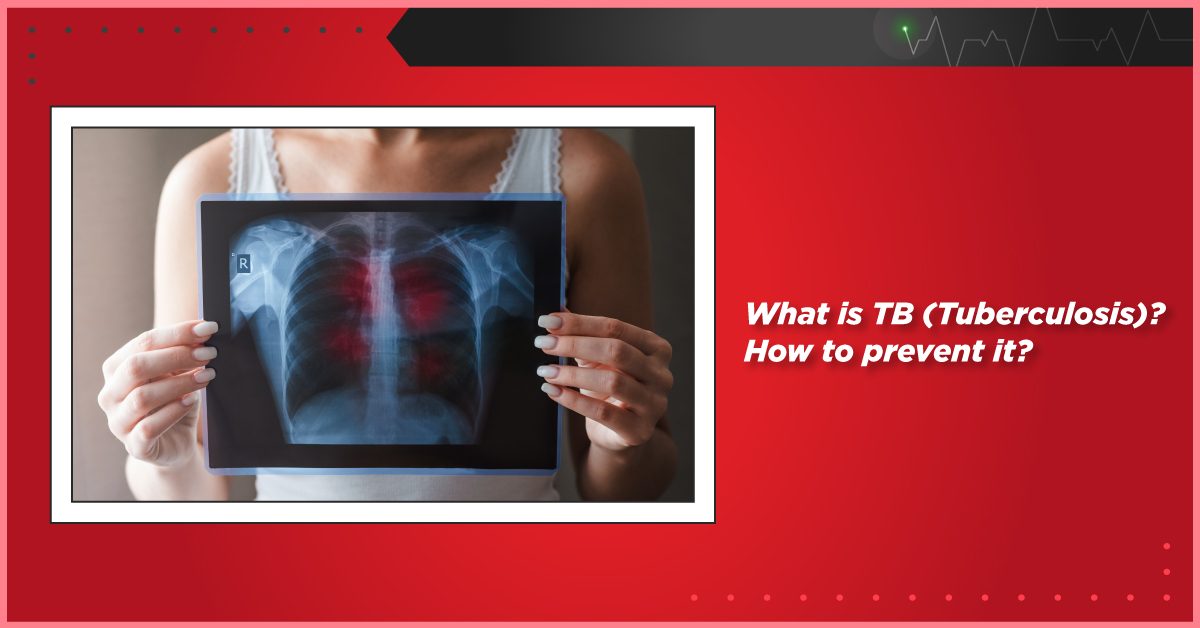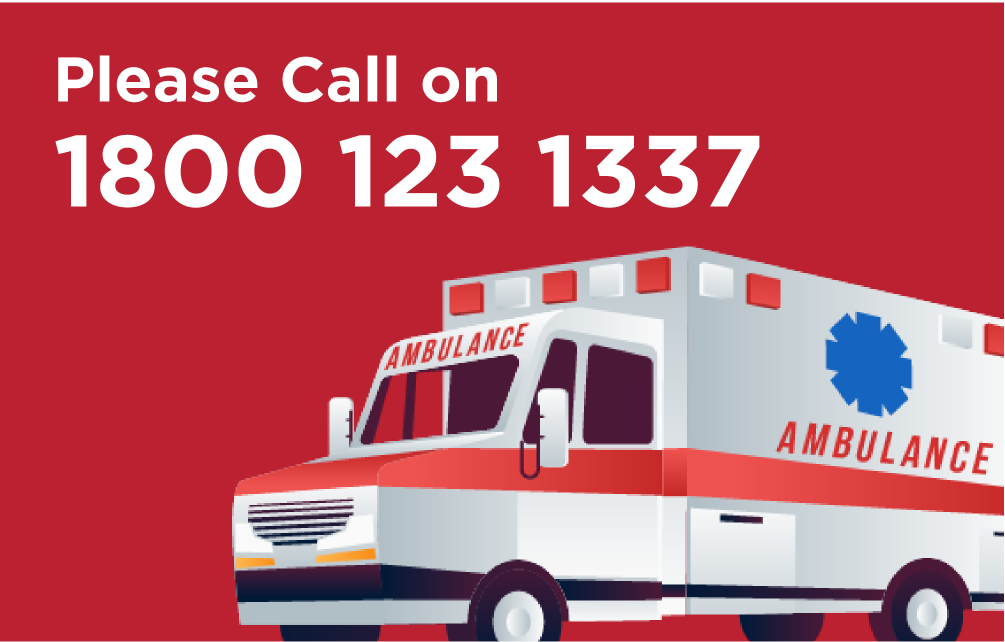What is TB (Tuberculosis) and How to prevent it?

One of the oldest diseases known to humans, TB is one of the top 10 causes of death worldwide. The rising prevalence of drug-resistant TB is a “public health crisis and a health security threat,” according to the WHO. It is an infectious disease that mostly affects the lungs, but can also affect other parts of the body like the spine, brain, or kidneys.
Causes
Caused by the bacterium Mycobacterium tuberculosis, TB spreads through the air. However, one usually has to spend a lot of time in contact with someone who is contagious in order to catch it. Only people with active pulmonary infection are contagious. Most people who breathe in TB bacteria are able to fight the bacteria and stop it from growing. The bacterium becomes inactive in these individuals and is referred to as a latent TB infection. For those whose immune systems are weakened as a result of malnutrition, old age, infection with HIV, immunosuppressant drugs, or among people who are on dialysis, this bacterium can be active.
Symptoms
Active TB is an illness in which the TB bacteria are rapidly multiplying and invading different organs of the body. The typical symptoms of active TB variably include cough, phlegm, chest pain, weakness, weight loss, fever, chills, and sweating at night. A person with active pulmonary TB disease may spread TB to others by coughing.
However, the incubation period, or the time it takes for symptoms to develop once a person has been infected with TB, varies from a few weeks to many years. The first thing you may notice is a bad cough that doesn’t go away or chest pain. The symptoms of active TB are easy to dismiss or mistake for another condition. It is important to see your doctor if you were diagnosed with latent TB before or have recently been exposed to someone with active TB. The symptoms of active tuberculosis include:
- A general sense of being unwell
- Coughing
- Coughing up blood or phlegm
- Chest pain
- Trouble breathing
- Loss of weight and appetite
- Night sweats
- Intermittent fever
- Fatigue or weakness
People with inactive TB do not exhibit symptoms. However, they may have a positive skin reaction test.
Prevention
To prevent exposure to TB:
- Limit contact with active TB patients.
- Promptly detect active cases.
- Seek proper treatment and patient care.
- Maintain adequate ventilation in enclosed spaces.
Diagnosis and Treatment
TB could be mistaken for pneumonia or chronic obstructive pulmonary disease (COPD). The specific symptoms and diagnostic testing make TB a straightforward diagnosis. There are two types of tests commonly used to diagnose TB: a skin test and blood tests. TB is suspected clinically when a person presents with the symptoms mentioned above usually together with abnormal findings on a chest x-ray.
If TB is suspected, the person should be isolated from the public until the diagnosis is made. Treatment is started as he or she can be contagious and transmit Mycobacterium tuberculosis to others. Treatment of latent TB infection consists of 1 or 2 oral medications that kill the bacteria. This greatly reduces the risk of the infection progressing to TB. A standard 6-month course of 4 antimicrobial drugs that are provided with information and support to the patient by a health worker or trained volunteer.
Regency Healthcare has been treating such contagious diseases for years. Moreover, our expert doctors coupled with world-class technology are equipped to treat and control infectious diseases, like TB

 Call-an-Ambulance
Call-an-Ambulance



